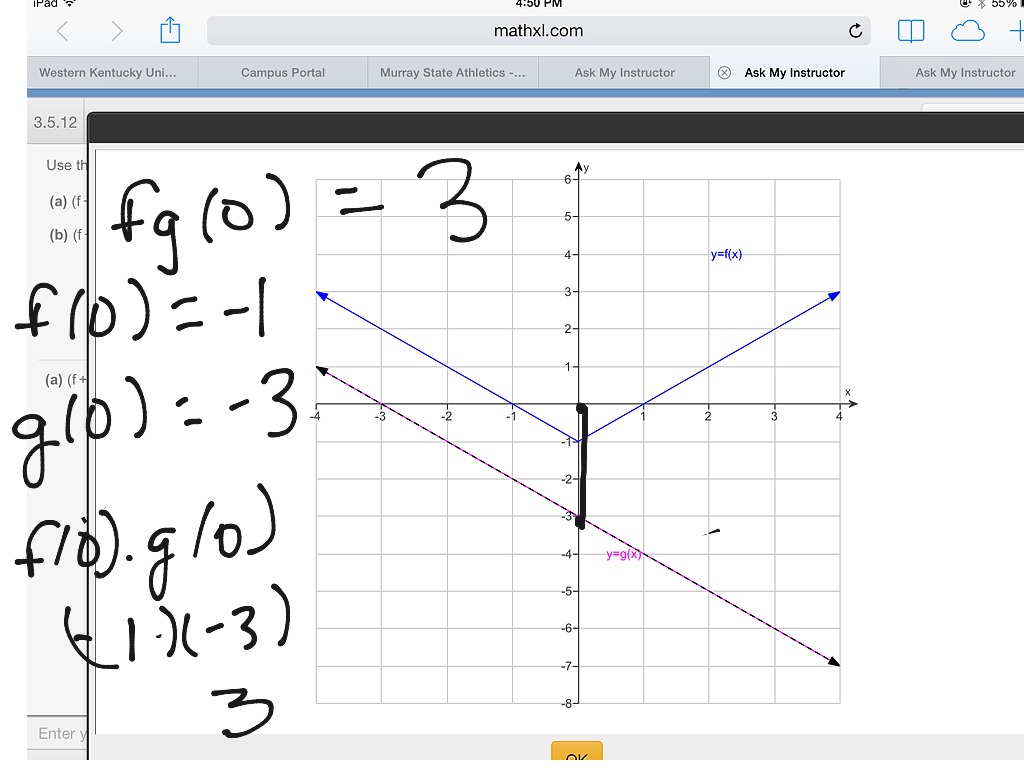

Students should continue working through the task in small groups with the teacher actively monitoring and asking assessing and advancing questions dependent on the work students are producing. To be properly prepared for this, the teacher should work out the entire task in advance of giving the lesson to anticipate different student strategies, misconceptions, and common errors. This will also allow the teacher to plan for some of these assessing and advancing question in advance of giving the lesson.Īt the top of page 2, students should now be writing equations for the lines on the graphs, as well as the lines they create after adding two functions together. Students should make the connection that the equation for the line they graph is the same equation when they algebraically add f(x) and g(x). Students will work collaboratively on Part 1. The two lite gray points having been added together should support small groups in being able to add the two functions together graphically. Students should discover that when the constant function and linear function are added together, the new function will be a translation of the linear function.
#COMBINING FUNCTIONS HOW TO#
Students will begin class working on the Starter independently. Students have likely never added two functions together before graphically, so the teacher may see a variety of student answers as they are monitoring around the classroom. The teacher should identify and ask students in-advance of coming together whole class to share their work. If accessible, the teacher could use an iPad to take photos of the students' work and project it for all students to see as the student describes their work. The class should come to consensus on how to add the two constant functions together before moving on to Part 1. Teachers can choose to include the SM2 (Part 3) portion of this lesson as an extension for SM1 students. This lesson could also be extended for SM3 students with the addition of graphs and equations that include polynomial functions. Students are consistently working with multiple representaitons. The teacher will debrief the starter before having students work in small cooperative learning groups. If the SM2 component of this lesson is utilized (Part 3), students should have an understanding of quadratics and be able to write a quadratic equation from a graph using the vertex and y-intercept.

Students will need to have a basic understanding that linear functions have a common rate of change and be familiar with what an exponential function looks like. It will also be helpful if students have been exposed to function notation prior to this lesson. Lastly, students will need to be able to combine like terms.


 0 kommentar(er)
0 kommentar(er)
